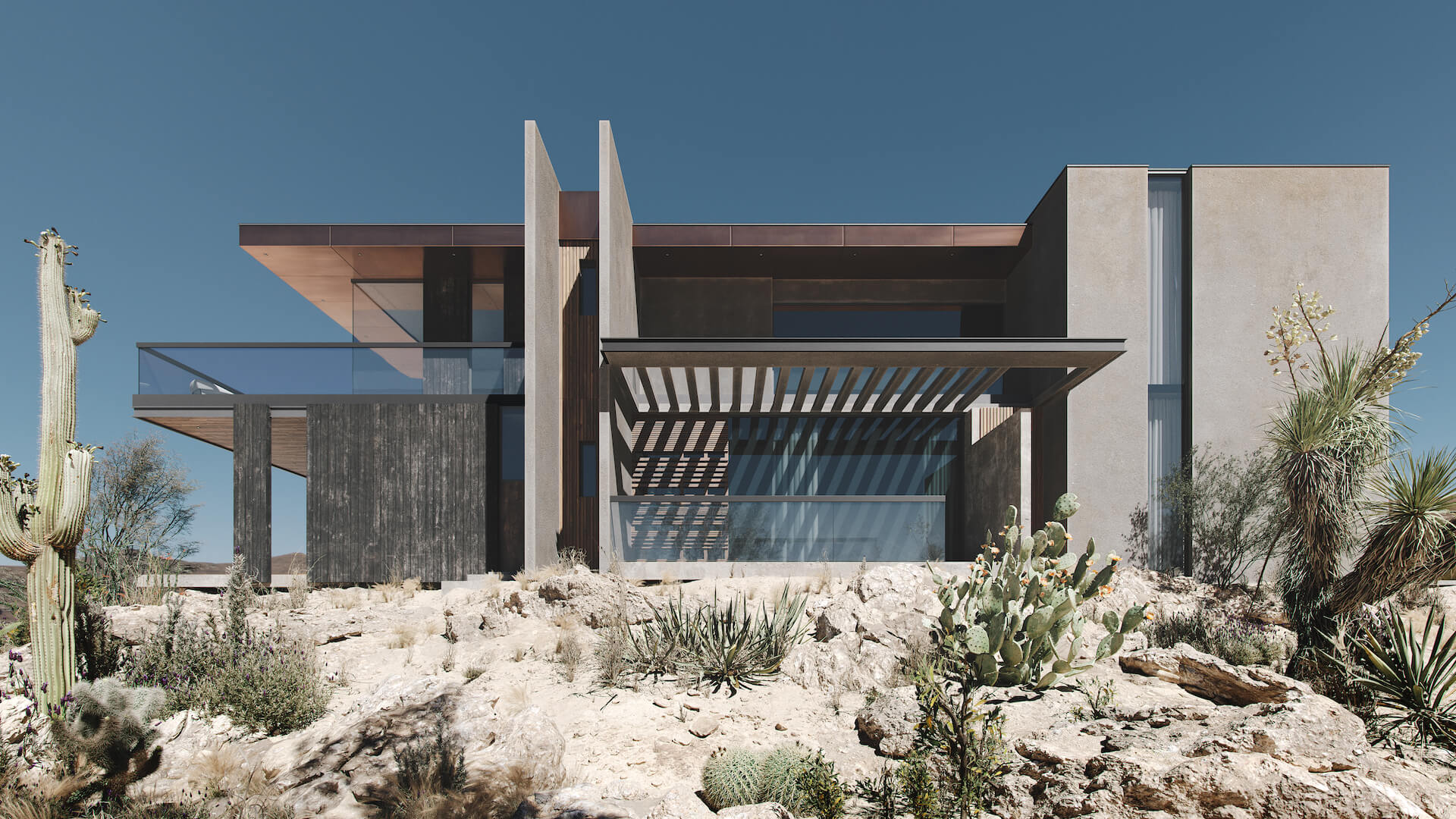In the realm of design, there’s a transformative force reshaping creativity and innovation: CGI visualisations. These state-of-the-art digital renderings have become indispensable tools for architects, interior designers, and marketers alike. This article delves into the world of CGI visualisations through 3D Renders, exploring their role in elevating design concepts to unprecedented levels. From lifelike realism to improved client communication and effective decision-making, you can delve into how CGI is revolutionising the evolution of design.
1. Embracing Virtual Reality in Design Dreams
Imagine stepping into your design dreams before they become tangible. That’s precisely what CGI visualisations offer. Utilising advanced software, designers can craft hyper-realistic representations of their ideas. Whether a towering skyscraper or a cosy living room, CGI visualisations breathe life into designs in ways traditional drawings can’t match.
2. Peering into Tomorrow’s Reality
In the design process, visualising the final result is paramount. CGI visualisations offer a tangible window into the future, allowing designers to see how their concepts translate into real-world spaces. This transcends static sketches, propelling design concepts into a dynamic realm of exploration. Anticipating the end product fosters informed decision-making, ensuring design ideals align with practical outcomes.
3. Achieving Realism Beyond Imagination
CGI visualisations exemplify technology’s prowess in replicating real-world environments. Every texture, ray of light, and shadow is meticulously rendered to mimic reality. This attention to detail heightens design concepts by offering clients, stakeholders, and designers an accurate outcome preview. The boundary between imagination and reality blurs, creating a bridge of comprehension and excitement. From crafting futuristic architectural marvels to envisioning interior spaces that spark inspiration, it showcases the extraordinary potential of combining human vision with technological prowess.
4. Enhancing Client Communication
Effective communication is fundamental in successful design projects. CGI visualisations serve as a universal language that transcends technical jargon. Rather than struggling to convey intricate design details, designers can present their concepts through immersive visuals. Clients can experience the space virtually, leading to precise feedback and smoother collaboration.
5. Navigating Iterative Design Exploration
Design is a fluid process, often involving numerous revisions and adjustments. CGI visualisations provide an ideal playground for experimentation. Designers can tweak elements in real time and instantly witness their impact on the concept. This agility expedites the design process, facilitating swifter exploration of ideas and ultimately resulting in refined and innovative solutions. Designers can embark on a journey of creation, where ideas take shape, evolve, and ultimately manifest in the physical world. CGI bridges the gap between the intangible and the tangible, ushering design concepts from the realm of imagination to the realm of existence.
6. Facilitating Adaptive Design Exploration
Design concepts are rarely static; they evolve, adapt, and transform over time. CGI visualisations seamlessly support adaptation by enabling designers to explore various scenarios. Are you curious about the impact of different lighting schemes on mood? Interested in alternative furniture arrangements? CGI enables exploration without physical alterations, conserving time and resources.
Conclusion: Pioneering the Design Future
CGI visualisations transcend conventional design methods, making an impactful mark. From transforming design dreams into virtual realities to fostering precise client communication, CGI has driven design evolution. This tool empowers designers to stretch boundaries, visualise the unimaginable, and create experiences that resonate with human imagination.
In an innovative world, CGI visualisations through 3D Renders emerge as canvases for artists, blueprints for architects, and playgrounds for designers. The line between concept and reality blurs as the future of design unfolds with unprecedented creativity. As CGI visualisations continue shaping design landscapes, it’s evident that blending imagination with technology holds the key to elevating design concepts beyond expectations.
